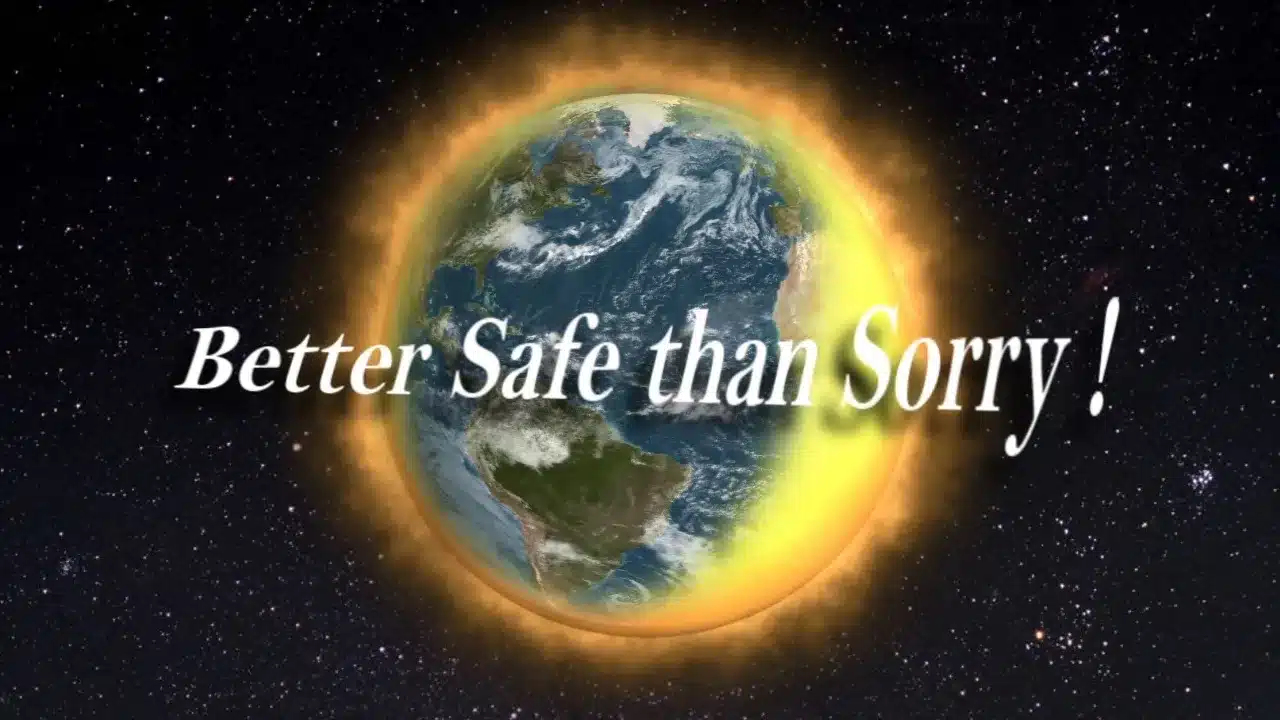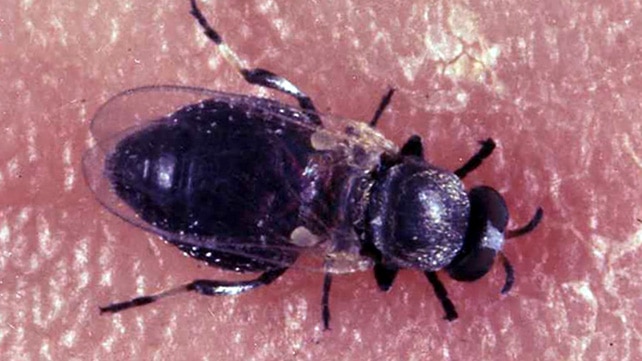About Precautionary Principle
- It is an approach to policymaking that legitimizes the adoption of preventative measures to address potential risks to the public or environment associated with certain activities or policies.
- The principle says, “Where there are threats of serious or irreversible damage, lack of full scientific certainty shall not be used as a reason for postponing cost-effective measures to prevent such environmental degradation.”
- It enables decision-makers to adopt precautionary measures when scientific evidence about an environmental or human health hazard is uncertain and the stakes are high.
- This implies that protective action should be taken to prevent any possible harm, even if there is a chance that such harm will not occur–thus playing it safe.
- It first emerged during the 1970s and has since been enshrined in a number of international treaties on the environment, including the Treaty on the Functioning of the European Union and the national legislation of certain Member States.
- In 1987, it was incorporated into international law at the International Conference on the Protection of the North Sea.
- Since then, it has permeated most international environmental conventions. For example, entrenched by the 1992 Rio Declaration (Principle 15), it was written into the United Nations Framework Convention on Climate Change and, retroactively, into the Protocol on Substances that Deplete the Ozone Layer.
- It was integrated into the criteria for the listing of endangered species by the Convention on International Trade in Endangered Species in 1994, and the following year it was adopted by the Food and Agriculture Organization of the United Nations.
It is a cornerstone of European Union (EU) environmental law and has been central in determining the EU’s position toward genetically modified organisms.
Q1: What is the Convention on International Trade in Endangered Species (CITES)?
It is an international agreement between governments that aims to ensure that international trade in wild animals and plants does not threaten their survival. CITES was adopted in 1973 and entered into force in 1975. There are 184 member parties, and trade is regulated in more than 38,000 species.
Source: Decoding the judgment on Jim Corbett
Last updated on November, 2025
→ Check out the latest UPSC Syllabus 2026 here.
→ Join Vajiram & Ravi’s Interview Guidance Programme for expert help to crack your final UPSC stage.
→ UPSC Mains Result 2025 is now out.
→ UPSC Notification 2026 is scheduled to be released on January 14, 2026.
→ UPSC Calendar 2026 is released on 15th May, 2025.
→ The UPSC Vacancy 2025 were released 1129, out of which 979 were for UPSC CSE and remaining 150 are for UPSC IFoS.
→ UPSC Prelims 2026 will be conducted on 24th May, 2026 & UPSC Mains 2026 will be conducted on 21st August 2026.
→ The UPSC Selection Process is of 3 stages-Prelims, Mains and Interview.
→ UPSC Result 2024 is released with latest UPSC Marksheet 2024. Check Now!
→ UPSC Prelims Result 2025 is out now for the CSE held on 25 May 2025.
→ UPSC Toppers List 2024 is released now. Shakti Dubey is UPSC AIR 1 2024 Topper.
→ UPSC Prelims Question Paper 2025 and Unofficial Prelims Answer Key 2025 are available now.
→ UPSC Mains Question Paper 2025 is out for Essay, GS 1, 2, 3 & GS 4.
→ UPSC Mains Indian Language Question Paper 2025 is now out.
→ UPSC Mains Optional Question Paper 2025 is now out.
→ Also check Best IAS Coaching in Delhi

















